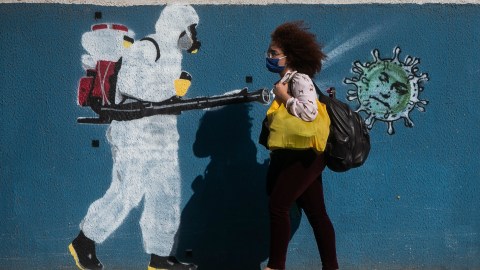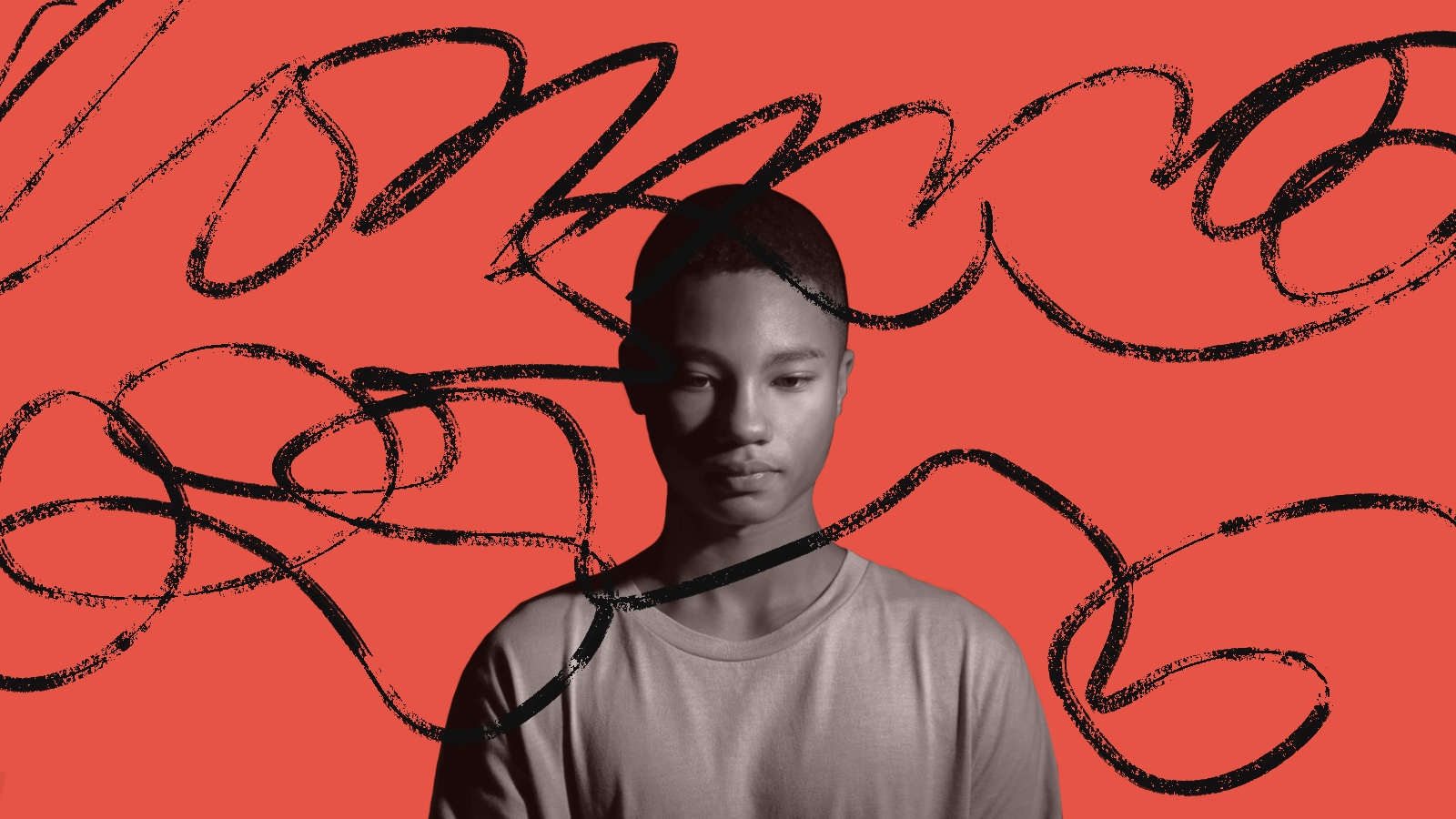10 lessons from the COVID-19 frontline for a more gender-equal world

Bruna Prado/Getty Images
Evidence shows that disease outbreak affects women and men differently, that pandemics exacerbate inequalities for girls and women, who are also often the hardest hit, and that women play an outsize role responding to crises, including as frontline healthcare and social workers, caregivers at home, and as mobilizers in their communities.
That’s why the world must put a gender lens on the response to COVID-19, to ensure the unique needs of girls and women are addressed, and their unique expertise is leveraged. This includes positioning girls, women and young people – in all their diversity and in all settings – front and centre in the emergency responses, in social and economic recovery efforts, and in how we strengthen our health systems for the long term. And we must safeguard the progress we’ve made towards gender equality, including hard-won gains for maternal, sexual and reproductive health and rights.
Women Deliver, the global advocate for women’s rights, recommends the following actions be included as part of COVID-19 response and recovery efforts to build a stronger, more gender-equal world:
1. Apply best practices and a gender lens to all COVID-related efforts
All policies, programmes and investments, including stimulus and recovery packages, must be designed with a gender lens, so they don’t overlook or have unintended consequences for girls, women and gender equality. This approach should include proven best practices such as gender-responsive analysis, budgeting and auditing processes, and a gender marker for tracking.
2. Leverage smart data to inform and shape policies and investments
Initial data indicates that more men than women may be dying from COVID-19, and decision-makers and stakeholders need sex- and age-disaggregated data to further understand how this crisis is impacting women and men differently. This data must be collected, analysed and used to inform all policies and investments, and must be available quickly and widely to analyse the impact of interventions and drive informed, timely decisions. This information must include those who may often be excluded from national data collection efforts, such as refugees, internally displaced people, migrant workers and people with non-binary gender identities.
3. Engage women through partnerships, funding and leadership positions
Women and young people – in all their diversity and in all settings – must be meaningfully and authentically engaged in decision-making about their own lives and the communities where they live and work. For an inclusive and representative response and recovery, women-focused and youth-led organizations must be funded and included in partnerships, and all COVID-19 decision-making bodies must embrace diverse and inclusive leadership.
4. Protect women on the frontlines of the COVID-19
Women are 70% of the health workforce and are leading on the frontlines of the COVID-19 pandemic. Frontline responders such as health workers and social service providers must be guaranteed protection, support and fair compensation. This includes safe working conditions, appropriate equipment, equal and emergency/hazard pay, safe housing and access to services that reflect their needs as individuals, such as mental health services and childcare.
5. Safeguard maternal, sexual and reproductive health
In past pandemics and crises, emergency response has resulted in deprioritizing and defunding essential health and social services for girls and women – directly threatening their health and rights. As the world responds to the COVID-19 crisis, funding and access to sexual and reproductive healthcare – including modern contraception, safe abortion, maternal health services and safe childbirth, as well as telemedicine – must be prioritized. In settings impacted by both COVID-19 and humanitarian crises, this includes implementing lifesaving activities the outset of all emergencies.
6. Prioritize gender equality in health systems
We must rebuild our health systems to ensure they meet the needs and realities of all, including in times of crisis. This includes prioritizing the funding of primary healthcare and universal health coverage grounded in gender equality and human rights, including sexual and reproductive health and rights. Decision-makers must examine gender-based differences in health expenditures, disease detection and response, emergency preparedness, research and development and the health workforce.
7. Uphold services that tackle gender-based violence
Data shows that domestic violence is increasing dramatically during the COVID-19 crisis, likely worsened by quarantines and limited mobility that isolate women with their abusers. Legal and support systems to prevent and respond to gender-based abuse, including women’s centres, shelters, domestic violence helplines and legal aid, must continue to operate and expand where needed, and perpetrators must be held accountable. This includes services for those in living in displacement settings, such as refugee camps.
8. Maintain access to education
Equal access to education is foundational to girls’ and adolescents’ livelihoods and well-being, and this pandemic risks reversing years of progress. School closures can exacerbate gender inequalities, especially for the poorest girls and adolescents who face a greater risk of early and forced marriage and unintended pregnancy during emergencies. Closed schools likely means girls and adolescents are taking on additional responsibilities at home like looking after siblings or caring for sick relatives, which can lead to them falling behind in school work or dropping out. All young people must have the resources, tools and social support to remain engaged in learning during school closures and re-enter the education system once the crisis is over.
9. Protect women’s economic opportunities
Millions have lost their jobs and incomes during the COVID-19 crisis, many of them women who are already hit by existing inequalities like unequal pay and less access to financial services. Emergency and stimulus packages as well as long-term recovery investments must support and protect women and marginalized people, including forcibly displaced and migrant girls and women who might not be able to access these resources due to their citizenship status. These investments must include robust investment in social policies and safety nets for those in the formal and informal economies, such as paid sick leave, unemployment benefits, paid family and parental leave, cash transfers, food vouchers and food distribution programmes, and access to emergency healthcare.
10. Challenge gender norms in domestic duties and care work
Women traditionally carry the majority of care and labour responsibilities within families, placing them on the frontlines of COVID-19 response at home. Women’s traditional role as caregivers makes them more susceptible to infection from sick family members, and increased childcare demands make it difficult to balance work and home responsibilities. To challenge traditional gender norms and redistribute unpaid care and household labour, leaders should implement social policies such as paternity leave, social programmes to encourage male engagement, educational programmes in school to promote gender equality, and should model equal roles in their own lives.
We urge civil society, governments, the private sector and multilateral organizations to use these recommendations and apply a gender lens to all COVID-19 preparedness, response and recovery efforts. By putting girls and women front and centre of these efforts, the world can truly deliver health, well-being and dignity for all.
Reprinted with permission of the World Economic Forum. Read the original article.





